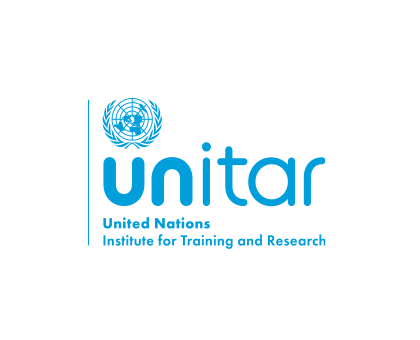
Geo-Information for Impacts and Needs Assessment
The goal of the course is to advance a better understanding on how humanitarian workers can better respond to such disasters by understanding the complexities associated with aid projects delivered in these contexts.
The last decade has seen a marked increase in large-scale, “natural” disasters resulting in overwhelming challenges for humanitarian organisations, especially in urban environments.
Case studies and examples during the course will take into account the three major contexts for humanitarian action: armed conflict / complex emergencies, “natural” disasters, social exclusion. Chronic crises, and the interplay between humanitarian action and development activities will be given due consideration.
Upon completion of the course, the participants will be able to:
- Define a GIS and how and why we use it
- Explain the benefits and limitations of using satellite images for impact analysis and damage assessment
- Extract and critically assess information contained within a map
- Outline GIS methodologies to perform impact analysis and preliminary damage assessment and associated challenges.
- Gather and assess relevant spatial data from the web for emergency response mapping
- Collect data in the field using GPS devices and share it using Google Earth.
The course is extended over 2 work days structured around the following topics:
Day 1
- Introduction to GIS and Remote Sensing
- The use of satellite imagery for emergency response mapping
- Map reading
Day 2
- Impact analysis and damage assessment using GIS (context and case example)
- Gathering geo-spatial data from the web
- Collecting and sharing geo-spatial data (Practical Excercise)
The course has a mixture of adult learning methodologies such as interactive lectures, discussion sessions and group excercises. The participatory nature of the programme requires that participants contribute actively to discussions and group work on case studies.
Participants are expected to have some prior knowledge of the subject area Participants must:
- Have a bachelor’s degree or an equivalent university degree.
Primary Audience
- CERAH Master students in humanitarian action.
- National and international actors working with national, international, or nongovernmental organisations dealing with one or several dimensions of the disaster risk management cycle (e.g. crisis management, preparedness, recovery, prevention)
Language :
English
Course Coordination:
Mr. Luca Dell’Oro, Specialist, UNITAR/UNOSAT (luca.delloro [at] unitar.org (luca[dot]delloro[at]unitar[dot]org))

